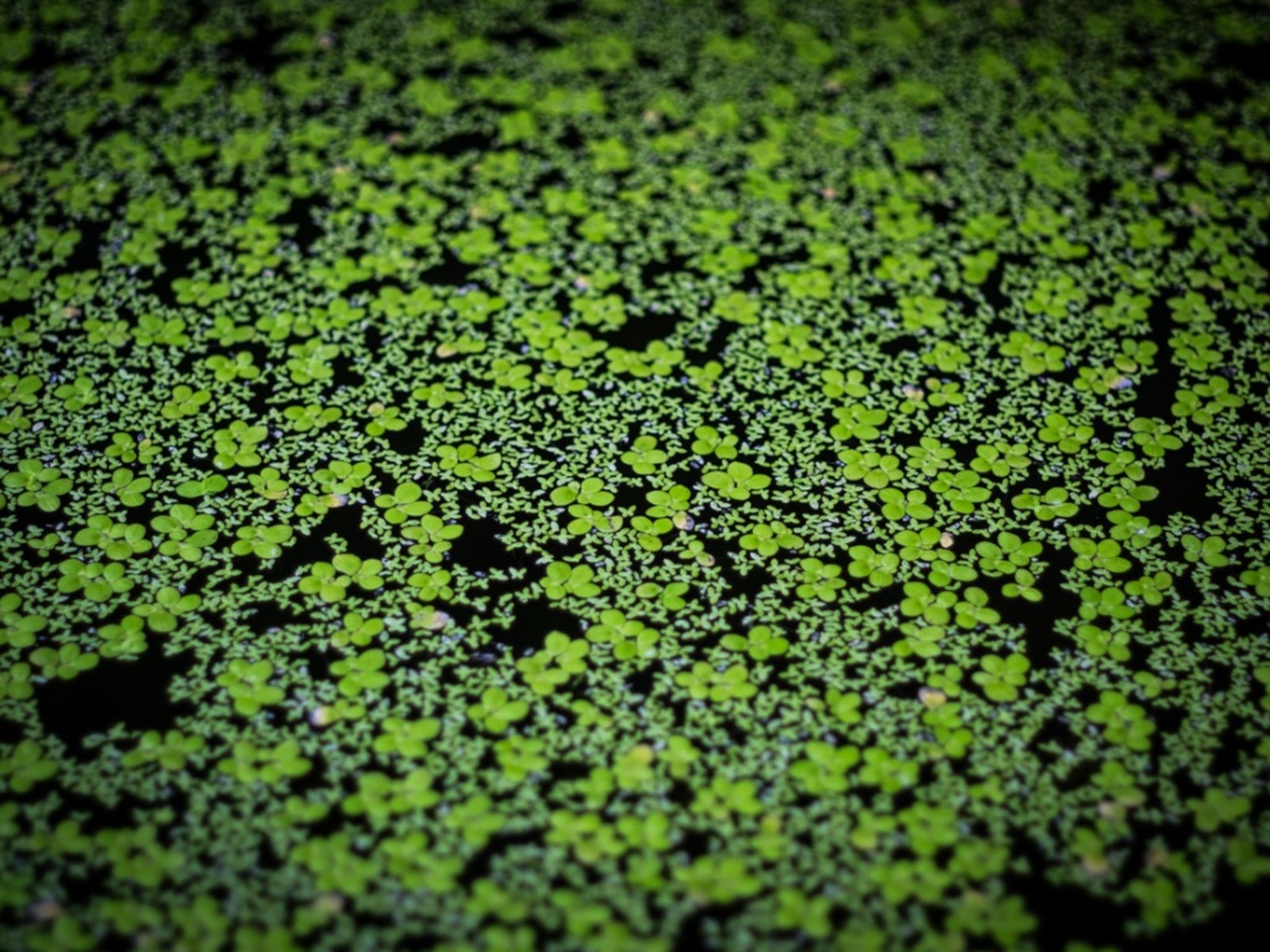Controlling Watermeal Weeds: Tips For Managing Watermeal In Ponds


There’s nothing as annoying in the garden pond as watermeal. This tiny, loathsome plant can quickly take over, ruining your beautiful landscape and forcing yet another manual cleaning of your pond to clear it up. Learn some easier ways to manage watermeal weeds long term in this informative article.
What is Watermeal?
Experienced garden pond owners shutter when the name is uttered because watermeal in ponds is big trouble for the backyard gardener. This aquatic weed can be a serious pain, but watermeal in ponds doesn’t have to mean draining your pond, yet again, to kill it back. There are several methods of effective watermeal control that work against the plant’s basic biology. Watermeal (Wolffia spp.) holds the unique position as the world’s smallest flowering plant, but it’s also one of the world’s most annoying pond weeds. This 1 to 1 1/2 millimeter long, grain-like plant is commonly found embedded among colonies of duckweed, where it’s barely visible to the naked eye. If you dip your hand into the pond, remove some of the duckweed and rub it between your palms, you’ll feel a grainy sensation – that’s the watermeal. It can occur on its own, but this is a much less common situation. Watermeal removal is most effective with a two-fold approach that includes eliminating the material that the watermeal is feeding on and employing pond creatures to feed upon the weed itself. Prevention is a much easier process than control, but both require the same tactics. Once watermeal is choking the pond, it may be much easier to drain the pond and clean it completely before implementing protective measures.
Controlling Watermeal Weeds
Watermeal feeds greedily off of rotting material on the bottom of your pond. This black sludge may not look like much to you, but for watermeal, it’s a veritable buffet. Any program of watermeal control has to include management of that build-up, so if there’s fertilizer or agricultural run-off moving into your pond, or the leaves from the tree above end up in your pond every year, the first step is to slow this input. Surface netting can help trap leaves, or you can fish them out of the pond daily with a pool net. Run-off may be slowed by building an earth berm around the pond. Once the addition of nutrients is managed, it’s a good idea to add a bubble aerator to the deepest area in the bottom of your pond to eliminate the stratification. The lack of oxygen in deeper waters can make it hard for bacteria to break down whatever waste does accumulate. By adding a bubbler, you’ll increase oxygen and pond circulation so that your pond plankton can consume the excess nutrients before watermeal has a chance to set in. While the watermeal is at least somewhat controlled, you’ll want to introduce pond fish that eat this plant, like koi or grass carp. Koi will eat watermeal readily, while grass carp may eat other plants first. Another option is to add a couple of ducks to the landscape. They’ll readily gobble up this annoying plant pest as long as it’s kept reasonably in check by other methods.
Gardening tips, videos, info and more delivered right to your inbox!
Sign up for the Gardening Know How newsletter today and receive a free copy of our e-book "How to Grow Delicious Tomatoes".

Kristi Waterworth was a regular contributor to Gardening Know How for many years, answering countless queries on plant pests and diseases.
-
 ‘Coral Charm’ Peony Care For Sublime Semi-Double Peonies With Lush Salmon Pink Flowers
‘Coral Charm’ Peony Care For Sublime Semi-Double Peonies With Lush Salmon Pink FlowersPeonies are known for their soft baby pink or magenta tones, but if plushy coral blooms are your thing, here’s our guide to the ultimate ‘Coral Charm’ peony care
By Tonya Barnett
-
 How To Grow Seeds Quickly: 8 Expert Tricks For Fast Flowers & Crops
How To Grow Seeds Quickly: 8 Expert Tricks For Fast Flowers & CropsIt's never too late to start growing! Jump-start your flower or vegetable garden with these pro tips and tricks for germinating seeds in record time.
By Amy Grant